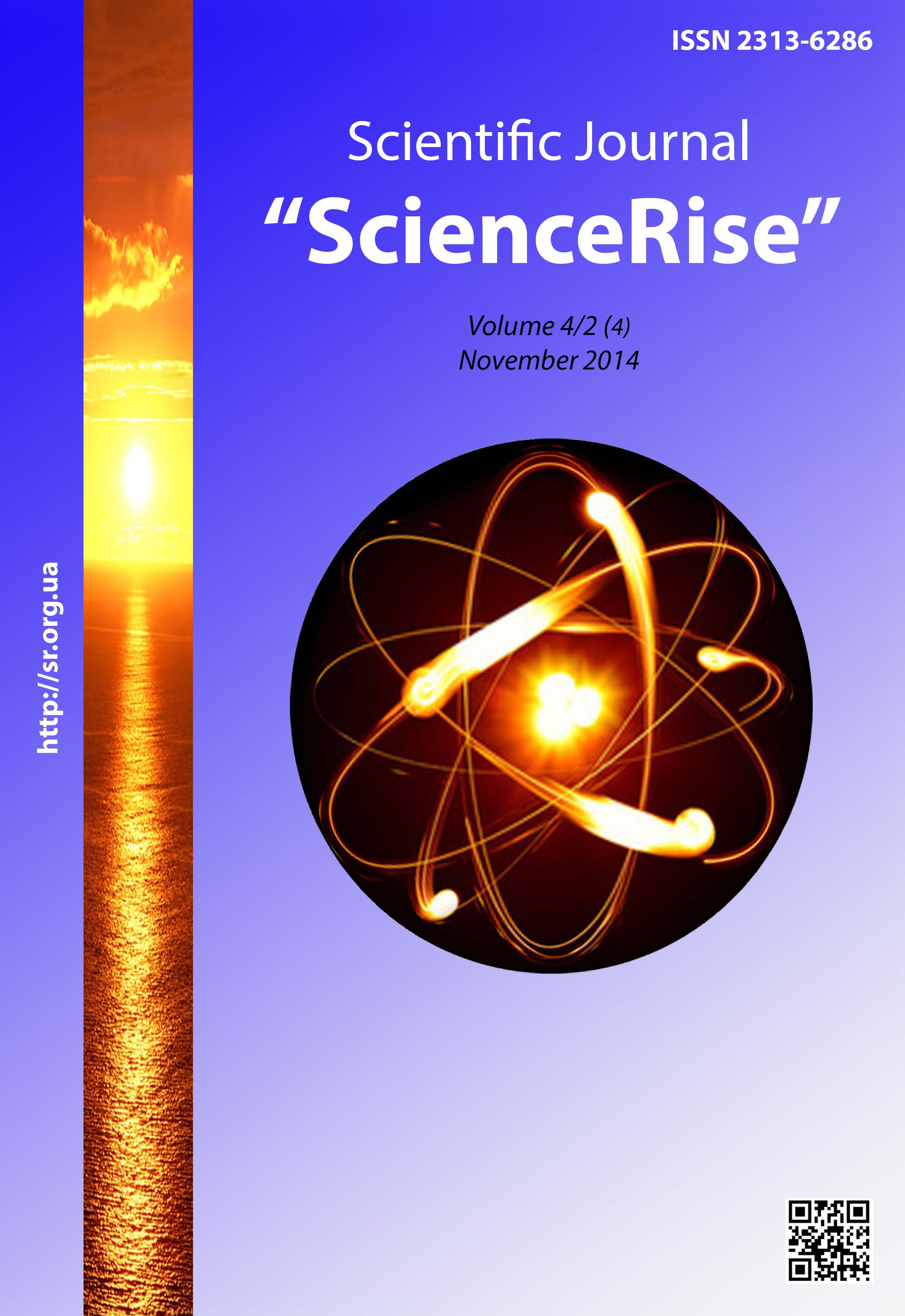The train formation technology improvement at the railway junctions
DOI:
https://doi.org/10.15587/2313-8416.2014.29269Keywords:
station, junction, locomotive, wagon, planning, accumulation, formation, transport, railway, irregularityAbstract
Usage a flexible approach to the formation of transmission trains at the stations of railway junctions taking into account the daily irregularity was proposed to improve operational planning of transporting of the local cargo between stations in a railway junction under the conditions of the improvement of the usage of vehicles. It is possible to reduce downtime in the parks of dispatch due to the multidiscipline usage of train locomotives and rationalization of maneuvers.
References
Xie, J. B., Gao, L., Zhang, J. (2011). Wagon Hours Saved by Transferring Wagons without Sorting Operations at Technical Station. Applied Mechanics and Materials, 97-98, 498–502. doi: 10.4028/www.scientific.net/amm.97-98.498
Liu, R., Whiteing, A., Koh, A. (2013). Challenging established rules for train control through a fault tolerance approach: applications at a classic railway junction. Proceedings of the Institution of Mechanical Engineers, Part F, 227 (6), 685–692. doi: 10.1177/0954409713496988
Eaton, J., Yang, Sh. (2014). Dynamic railway junction rescheduling using population based ant colony optimization. 14th UK Workshop on Computational Intelligence (UKCI). doi: 10.1109/ukci.2014.6930174
Hammadi, S., Ksouri, M. (2013). Optimization of Traffic at a Railway Junction: Scheduling Approaches Based on Timed Petri Nets. Multimodal Transport Systems, 199–251. doi: 10.1002/9781118577202.ch5
Ho, T. K., Yeung, T. H. (2010). Railway junction conflict resolution by genetic algorithm. Electronics Letters, 36 (8), 771–772. . doi: 10.1049/el:20000570
Bernhard, K. A. (1953). Normyrovanyya razmerov dvyzhenyya peredatochnykh poezdov v zheleznodorozhnykh uzlakh. Tekhnyka zheleznykh doroh, 4, 21–25.
Pervozvanskyy, A. A. (1973). Matematycheskye modely v upravlenyy proyzvodstvom. Nauka, 615.
Habasov, R. F., Kyryllova, F. M. (1981). Metody optymyzatsyy. BHU, 350.
Balaka, Ye. I., Zorina, O. I., Kolesnykova, N. M., Pysarevs'kyy, I. M. (2005). Otsinka ekonomichnoyi dotsil'nosti investytsiy v innovatsiyni proekty na transporti. UkrDAZ, 210.
Syhorskyy, V. (1975). Matematycheskyy apparat inzhenera. Transport, 768.
Downloads
Published
Issue
Section
License
Copyright (c) 2014 Юлія Віталіївна Рибалка, Григорій Михайлович Сіконенко

This work is licensed under a Creative Commons Attribution 4.0 International License.
Our journal abides by the Creative Commons CC BY copyright rights and permissions for open access journals.
Authors, who are published in this journal, agree to the following conditions:
1. The authors reserve the right to authorship of the work and pass the first publication right of this work to the journal under the terms of a Creative Commons CC BY, which allows others to freely distribute the published research with the obligatory reference to the authors of the original work and the first publication of the work in this journal.
2. The authors have the right to conclude separate supplement agreements that relate to non-exclusive work distribution in the form in which it has been published by the journal (for example, to upload the work to the online storage of the journal or publish it as part of a monograph), provided that the reference to the first publication of the work in this journal is included.

